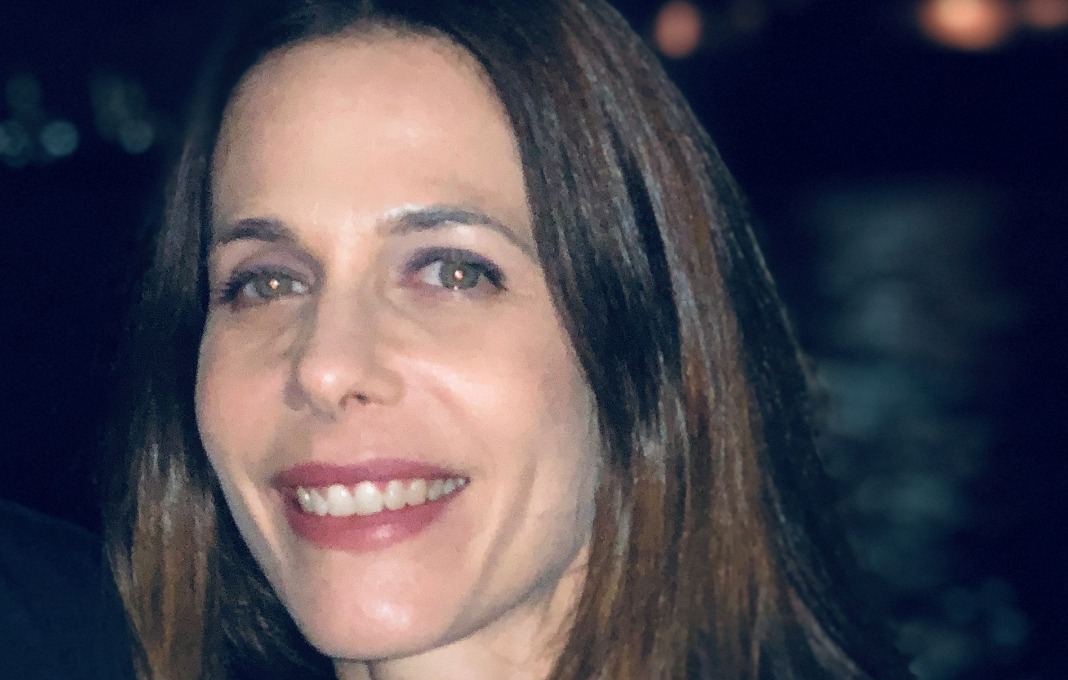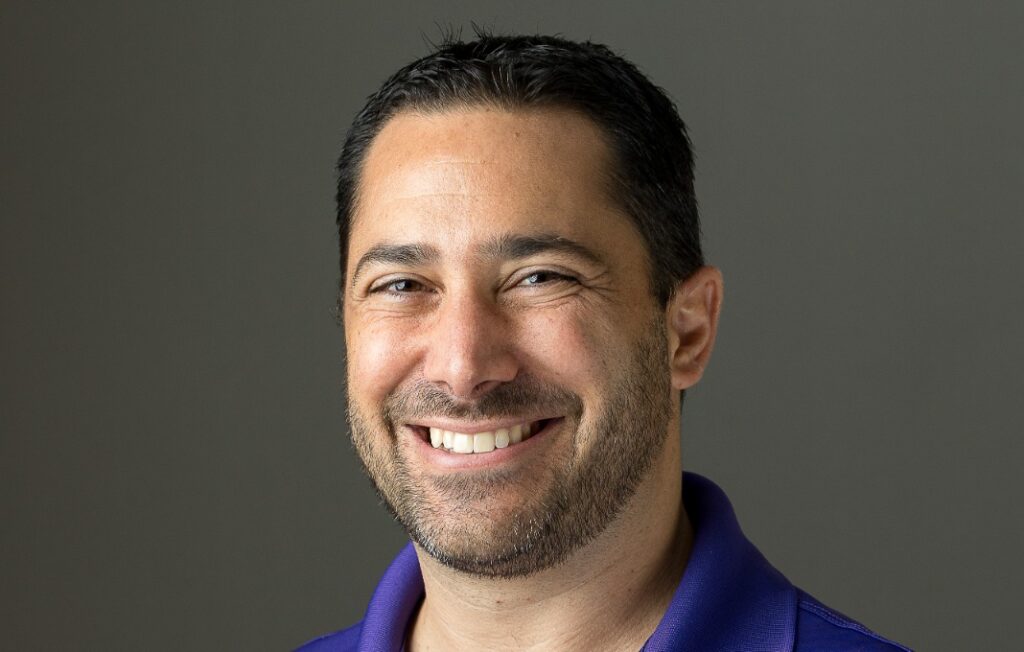Torii, a New York City-based company that provides a SaaS management platform for IT professionals, has half its workforce in North America and half in Israel. So for Liat Hortig, the company’s chief people officer, knowing how to manage a distributed workforce is critical to the job—and the company’s success.
Hortig spoke with StrategicCHRO360 about how she’s ensuring “water cooler” moments across the company, why the company has a “global calendar” and why it’s critical to always lead with the company’s values.
How can HR leaders create an inclusive culture across a remote or distributed workforce?
The pandemic proved to companies that employees can work from pretty much anywhere and still be productive, making dispersed workforces a certainty in the future. Yet, creating an inclusive culture across these workforces requires new ways of thinking from HR leaders.
With half our workforce in Israel and the other half in North America, we embody the definition of a distributed workforce. Therefore, in order to create an inclusive culture, we’ve put a lot of attention on recreating the typical “water cooler” moments from physical office spaces and creating a solid DNA for the company, to foster new connections among our employees and promote those organic conversations.
We’ve found creating social groups based on common interests and connecting employees in different Slack groups has helped create these virtual moments. For example, we have one for sports fans where employees can share their own fitness journeys like marathon training, or they can share who they’re rooting for in any of the major professional leagues.
Our employee resource groups are another way for employees to connect on their shared experiences. For this, we have internal groups to support Women in Tech and our mental inclusivity and neurodiversity (MIND) group that aims to create a community for employees to talk freely about their mental health, access resources from the team, and support their colleagues and their mental well-being. Also, across our offices, we have an ongoing “coffee chats” program where employees looking to form new relationships opt-in to be randomly selected and paired up for virtual hangouts over coffee.
Additionally, since we are a global workforce, we put a lot of time and thought into how we can bridge geographical distances. We have a global calendar that we publish monthly that highlights all activities across our regions. This includes happy hours, any local holidays, and our quarterly global events, where our entire team comes together.
Incorporating company values into our culture’s DNA is another way to make sure HR leaders are creating an inclusive environment. For example, we recently conducted focus groups with all employees regarding culture and values. These provided invaluable insight and helped us redefine our corporate values to better reflect the type of company we are and how we want employees to embody it. Our values also help guide regular cultural events—we choose a Torii “value of the month,” such as “Own It,” “Love it,” “Share it” or “Do it Together,” and have fun activities and employee recognitions that reflect that value.
What ways can HR leaders “measure” culture to see how new initiatives are performing and gauge employee sentiment?
While culture is challenging to measure, data can still be extremely valuable for HR leaders to gauge how new programs are working and how employees feel as a whole. At Torii, we conduct weekly surveys that are distributed to employees throughout the company with topics relating to management, cross-team collaboration, stress levels and overall happiness at work. This data creates a “cultural index” that gives our leadership a constant pulse on employee sentiment and where improvements can be made.
For example, the results have helped inform the creation of new initiatives and policies relating to culture such as the formation of a global events calendar highlighting employee-led events (happy hours, celebrations, trainings, etc.) that have helped connect employees across the different offices.
We also share the aggregate results with employees, including how sentiment is trending, so they can see how their feedback is relative to others in the organization and also how leadership is actively caring about and addressing needs. Employees are also encouraged to share feedback through our ongoing coffee chats program with leadership.
What advice would you give to HR leaders who want to focus on retaining and investing in talent?
There is often such a focus on hiring new talent, that retention and investing in existing employees becomes an afterthought. That’s why I’m passionate about bringing this to the forefront of all our HR initiatives.
We emphasize our training opportunities available for employees looking to learn new skills related to their current or desired jobs, especially those at the mid-level looking to build their careers and their management acumen. For instance, we have a manager’s forum for exchanging ideas and we’re currently in the midst of an in-depth manager’s course for all employees across the globe who manage other people.
Additionally, culture plays a major role when it comes to retention. It’s been proven that people who feel connected to their colleagues and to company leadership, who feel engaged and appreciated, are more likely to want to stay at an organization. While culture is an ongoing journey that requires constant upkeep and attention, it’s critical that HR leaders never let these initiatives fall to the wayside.
How can HR leaders align the hiring process with their culture to ensure they’re attracting the right people?
The hiring process begins with attracting the right people, and this all depends on how a company appears externally to potential candidates. Whether job seekers come across your organization organically or through an online posting, the company website and collateral are their first introduction to the organization.
HR leaders need to ask themselves whether they’re accurately targeting the type of employees they want to attract. To get started here, it’s helpful to make sure a company’s values are visible and clear so prospective employees can understand your organization right off the bat. We are very transparent with candidates regarding our hiring process and have our values listed on our career page, so when prospective employees are looking through job openings, they see right away what we stand for and believe in.
We also created a “cheat sheet” for candidates that we send ahead of interviews to provide more information not only about the position they’re applying for, but also about our culture. In addition to details about the actual interview process, the cheat sheet includes information about our company, an overview of our solutions, a quick intro of the leadership team and any recent content we have on our blog highlighting cultural events or what life is like as a fulltime employee.
From there, we make sure the interview process accurately reflects what employees can expect if they are given an offer. To ensure this smoothly translates, prospective employees need to be connected with the right individuals and are being asked the right questions beyond job qualifications to align values and long-term goals.
In our hiring process, we have our interviewers rate candidates based on our values, and therefore, how much they see them as a cultural fit. This initiative has helped us make sure we’re hiring the right people for the job, who also embody our values and work ethic.








